Blue Screen of Death or BSOD on Windows computers indicates that a critical issue has been detected, which caused Windows OS to restart unexpectedly. This Blue Screen is also called a System Crash or a Stop Error. Both software and hardware issues are responsible for causing the BSOD error on a Windows computer. This article will discuss what you can do if your Windows 11 PC shows Blue Screen on Startup.
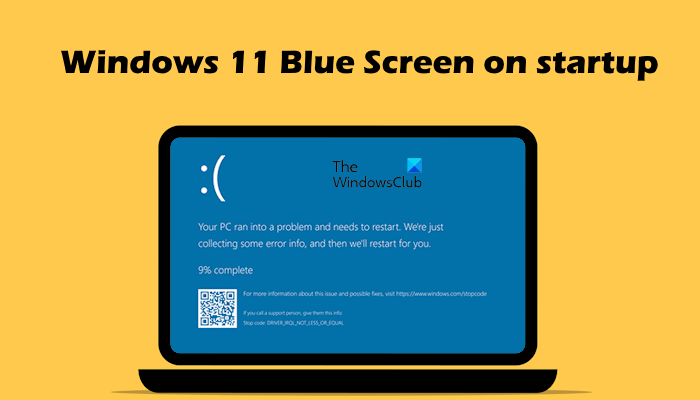
Windows 11 Blue Screen on Startup
If your Windows 11 computer shows a Blue Screen on Startup, follow the suggestions provided below to resolve the issue:
- Unplug your peripherals
- Update your chipset driver
- Uninstall Windows Update
- Boot in Safe Mode and rollback driver
- Rebuild BCD
- Repair your system files
- Perform the Start-up Repair
- Perform a System Restore
- Perform a Clean Installation of Windows
- Hardware fault
Since you cannot boot Windows normally, you may have to try and boot in Safe Mode or into Advanced Startup options screen to be able to carry out the fixes. You will need to make use of the Command Prompt. If you can boot in Safe Mode but cannot access the Advanced Startup Options screen, when in Safe Mode, you may use the Command Prompt to boot Windows directly to Advanced Startup Settings screen. Once here, you will be able to carry out most of the fixes.
1] Unplug your peripherals
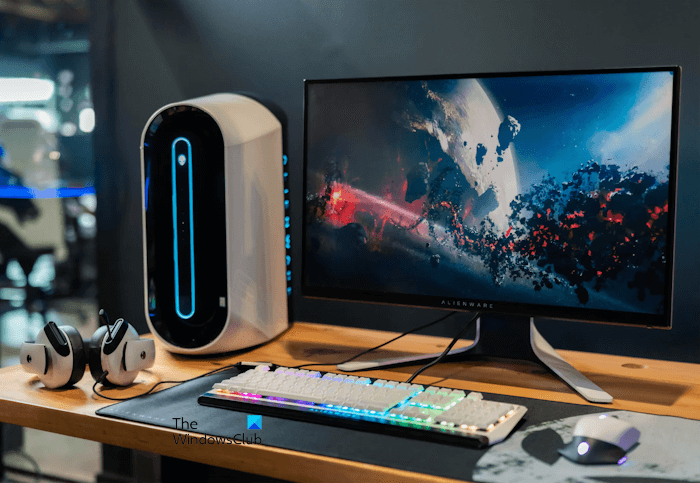
Faulty peripheral devices connected to a computer can also cause BSOD errors. The issue can also be associated with the drivers of your peripheral devices. Unplug all your peripheral devices, then turn on your computer. See if the BSOD error occurs this time or not. If it does not, you must identify the problematic peripheral.
2] Update your chipset driver
Outdated or corrupted chipset drivers can also be responsible for the BSOD error on a Windows computer. If your system restarts after the BSOD error, and you cannot use your computer, we suggest you update your chipset driver.
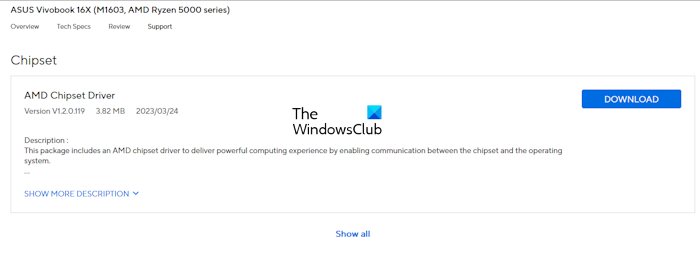
Once there, you can download the latest version of your chipset driver from the official website of your computer manufacturer. You need to enter your computer model number or serial number to download the right compatible drivers.
Fix: Blue Screen when playing games
3] Uninstall Windows Update
Sometimes, the Blue Screen error occurs after installing a Windows Update. In this case, you can uninstall that particular update. Since you are unable to use your computer because the BSOD is occurring at system startup, you can uninstall the Windows Update through the Windows Recovery Environment. See if you can enter Windows Recovery Environment.
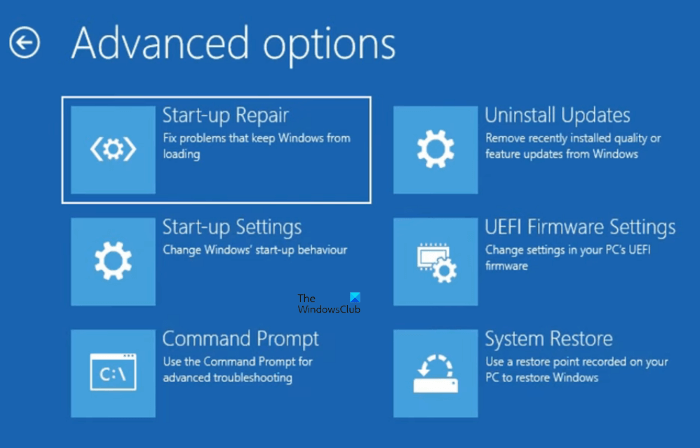
Interrupt the Windows normal boot process. Turn on your computer. Press and hold the power button when you see the Windows or manufacturer’s logo. This will force shut down your computer. Repeat this process until you see the Preparing Automatic Repair screen. Now, you are in Windows RE. Go to Troubleshoot > Advanced Options > Troubleshoot > Uninstall Updates.
4] Boot in Safe Mode and rollback driver
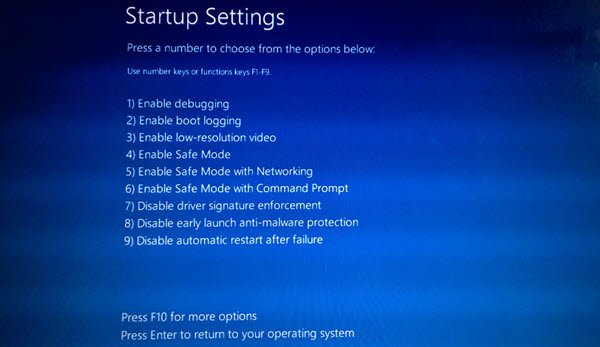
The cause of the BSOD error is also associated with the corrupted graphics card driver. Maybe an update of your graphics card driver has gone wrong. We suggest you roll back your graphics card driver. You can do this in the Safe Mode. Again, since you are unable to use your computer, you can enter Safe Mode through Windows Recovery Environment.
Once you are in the Safe Mode, open the Device Manager and roll back your graphics card driver (if the Roll Back option is available).
Fix: Blue Screen after installing Drivers
5] Rebuild BCD
Did you see the Recovery Blue Screen error on system startup? The Recovery Blue Screen on system startup can occur due to different reasons. Some of the most common causes include the missing or corrupt Boot Configuration Data file, corrupt system image files, a faulty hard disk, etc.
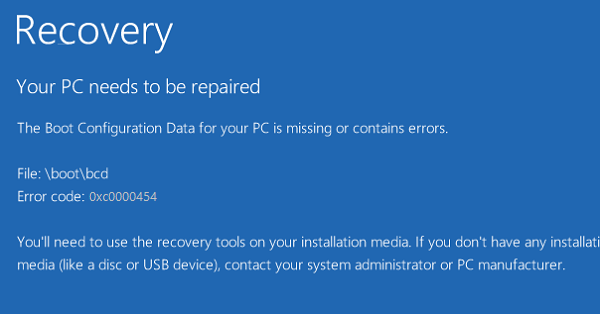
If the BCD file is missing or corrupt, you will see the error messages similar to the following:
- The Boot Configuration Data for your PC is missing or contains errors: This error message occurs with different error codes, like 0xc000000F, 0xc0000454, etc.
- The Boot Configuration Data file is missing some required information: This error message can also indicate different error codes, like 0xc0000185, 0xc0000034, etc.
In this case, you can rebuild the BCD file. You can use a bootable USB flash drive to rebuild the BCD file.
Read: EXCEPTION_ON_INVALID_FILE Blue Screen on Windows.
6] Repair your system files
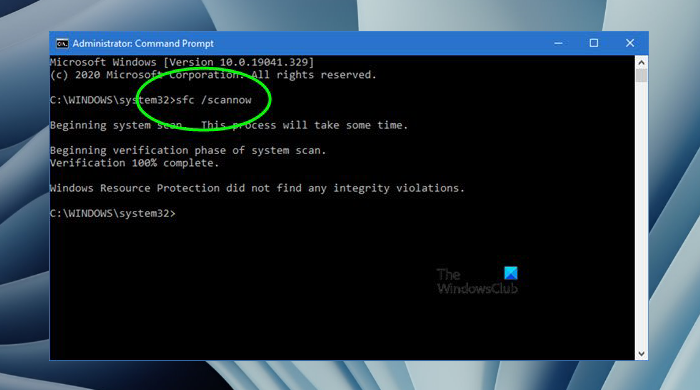
The corrupt system image files can also cause the Blue Screen errors. You can repair your system files by entering the Windows Recovery Environment via the System File Checker tool.
7] Perform the Start-up Repair

The Start-up Repair tool in Windows 11/10 computers automatically fixes the boot issues. We also suggest you run the Start-up Repair through the Windows Recovery Environment. If you cannot enter the Windows Recovery Environment, you can use a bootable USB flash drive for the same.
8] Perform a System Restore
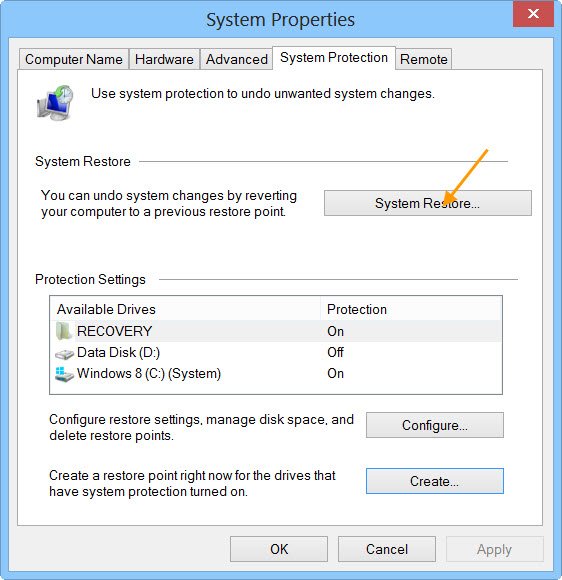
If the Start-up Repair does not work, we recommend you perform the System Restore via the Advanced Startup Options screen. System Restore is a tool in Windows computers that helps users restore their computer systems to the previous working state. While performing the System Restore, select the restore point that was created before the BSOD started occurring on your system. You must use the Windows Recovery Environment if you cannot use your system.
Fix: Windows Blue Screen when idle
9] Perform a Clean Installation of Windows
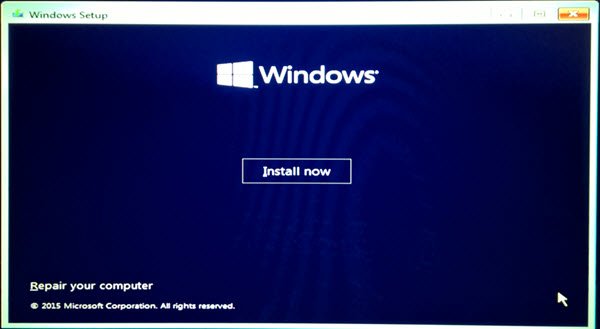
If none of the above solutions work, perform a Clean Installation of Windows. For this, you have to use a bootable USB flash drive. You can create the bootable USB flash drive on another computer by using a third-party tool like Rufus.
Read: Blue Screen after Windows Updates
10] Hardware fault
The BSOD errors also occur due to hardware issues. The problem may probably be with your RAM or hard disk. If you see the Recovery screen with the following message, your hard disk or RAM might have failed or will die.
You can try to reseat your RAM. Turn off your computer, open its case, and remove the RAM stick. Clean the RAM and the RAM slot. Now, insert the RAM stick into the slot and turn on your computer. See what happens. If your system has more than one RAM stick, boot your computer with one RAM stick. Check all RAM sticks one by one. This will let you know whether your RAM stick is faulty or not.
BSOD errors occur due to both hardware and software issues. Therefore, their investigation takes time. It can be difficult for you to identify the actual cause of the BSOD error. Therefore, if the BSOD error still occurs, the chances of hardware fault are higher. You need to take the help of a professional computer repair technician.
I hope this helps.
Is Windows 11 prone to a Blue screen?
No, Windows 11 is not prone to Blue Screen. Blue Screen errors occur due to various causes. You need to investigate the cause of the Blue Screen error to fix it. If the BSOD shows an error code, you can search for its fixes on the web.
How do I fix Windows 11 stuck at startup?
If Windows 11 is stuck at startup, say, on the login screen, in an endless reboot loop, on the Please Wait screen, on the Cleaning up screen, etc., you need to troubleshoot in the Windows Recovery Environment. In WinRE, you can perform different options, like System Restore, Start-up Repair, etc.
Read next: Fix 0xC000021A Blue Screen Error on Windows.